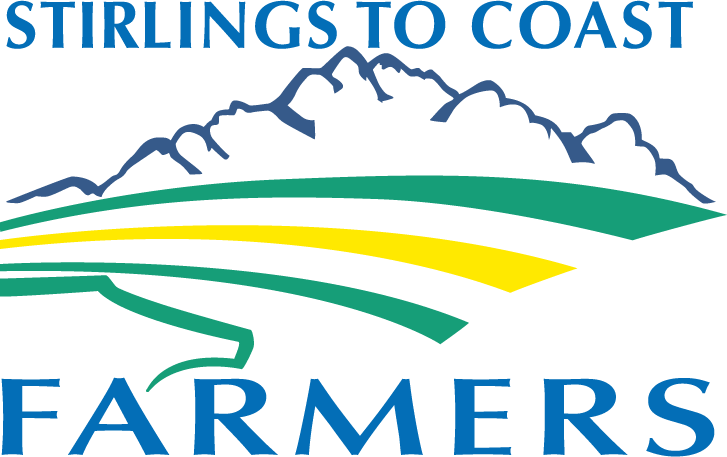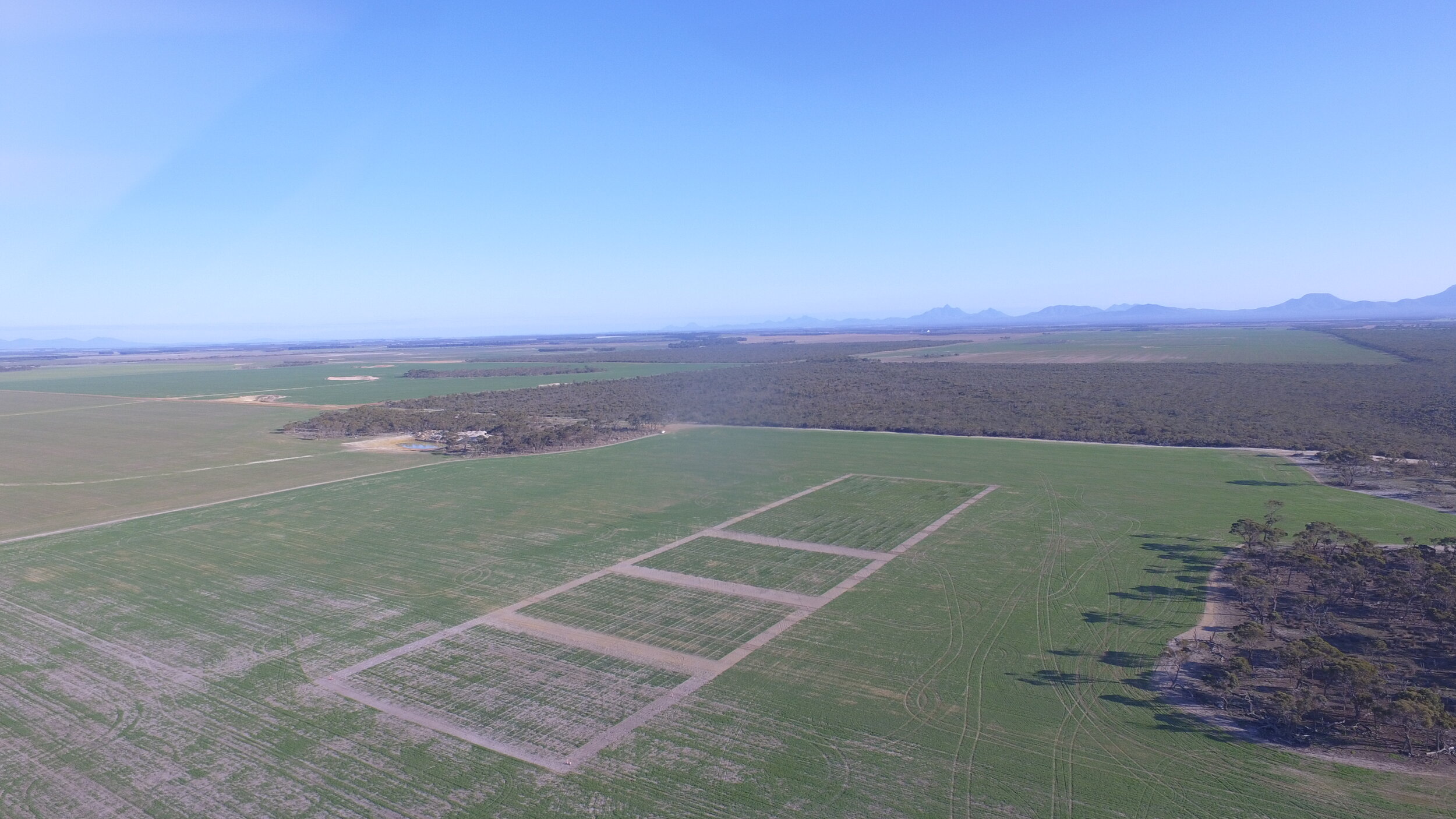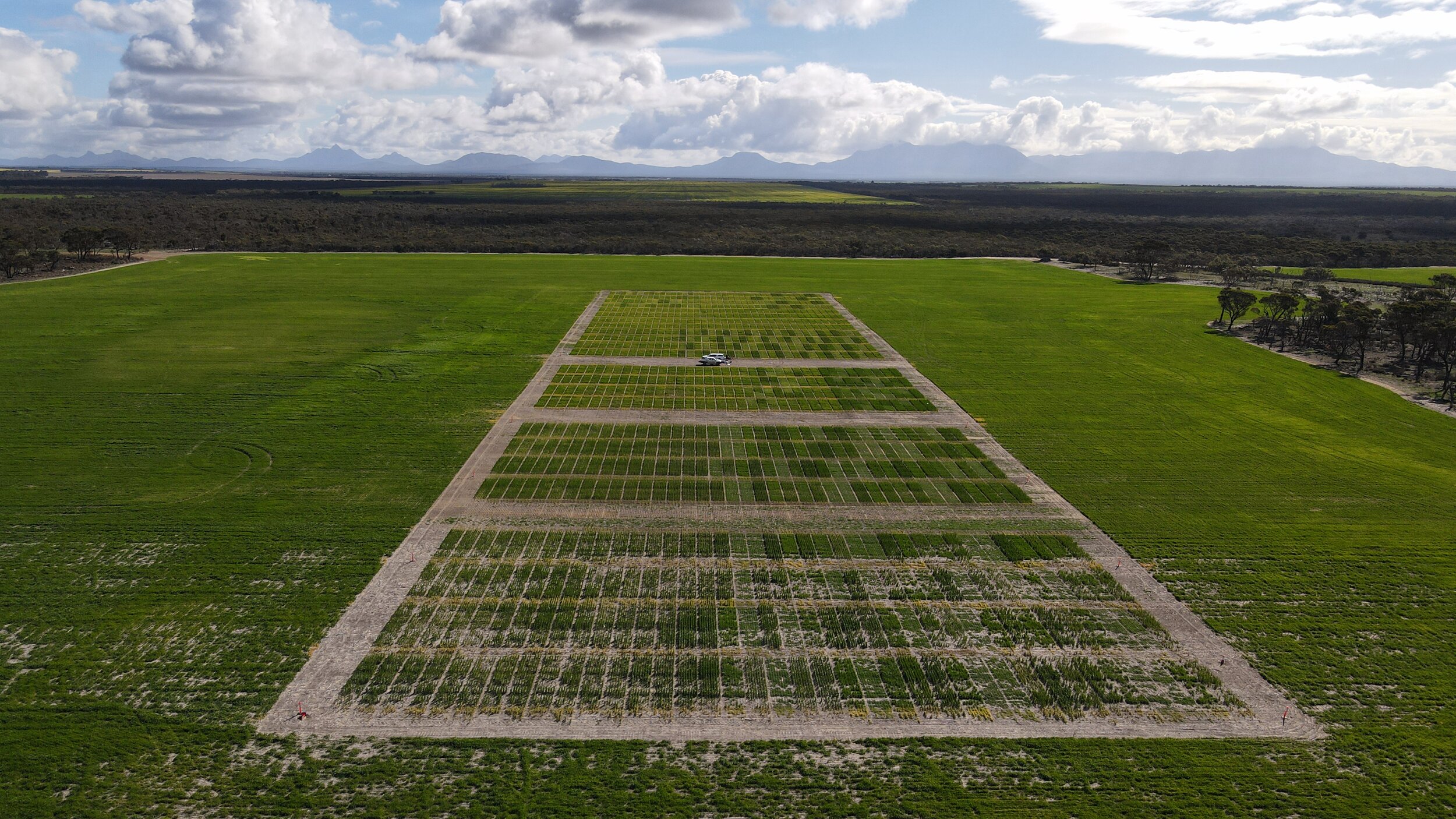Optimising the profitability of high rainfall zone farming systems
Key Messages
Matching variety maturity to growing season length is critical to increase yields at Cranbrook.
Wheat is economically superior to barley at Cranbrook while at South Stirlings barley outperformed wheat.
Deep ripping on a heavy forest gravel provided no benefits while on sand it provided a consistent but insignificant increase in yield.
Background
The GRDC investment “Optimising the profitability of high rainfall zone (HRZ) farming systems – survey, farmer scale demonstration trials and field days” aims to reduce the gap between current and potential yield in the HRZ, focusing on wheat and canola production.
The high rainfall zone (HRZ) of Southern Western Australia is the arable area where annual rainfall is between 450-800mm. This area represents approximately 1.2million Ha in WA. As annual rainfall has decreased over the last four decades, the amount of area in the HRZ sown to crops has increased. This is due to less frequent and less severe waterlogging events, which can reduce yields by 37% in wheat alone. Current research suggests that growers in the high rainfall zone are missing out on an extra 1-3 t/ha of wheat and 0.5-1.5 t/ha of canola, depending on the decile year.
Method
The High Rainfall Zone System project is a sister project to the Hyper Yielding Crops and focuses on expanding research results from the Hyper Yielding Crop Focus Centre into broadacre trials on farm. With no results or recommendations from the Focus Centre for the first season in the project a trial design was created in consultation with SEPWA and DPIRD that included treatments of deep ripping, time of sowing and variety. There were two sites implemented – one in South Stirlings and the other in West Cranbrook.
resources
Newsletter Articles
Videos
ACKNOWLEDGEMENTS
This project is funded by the Grains Research and Development Corporation.




